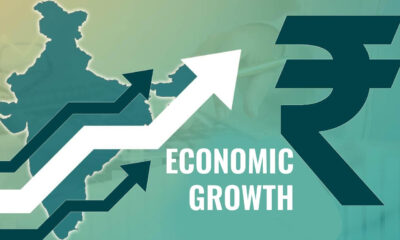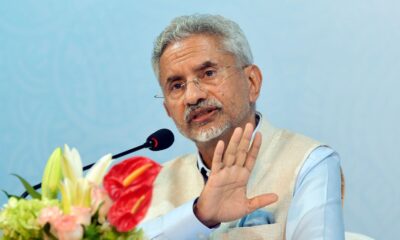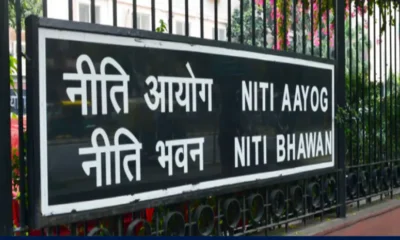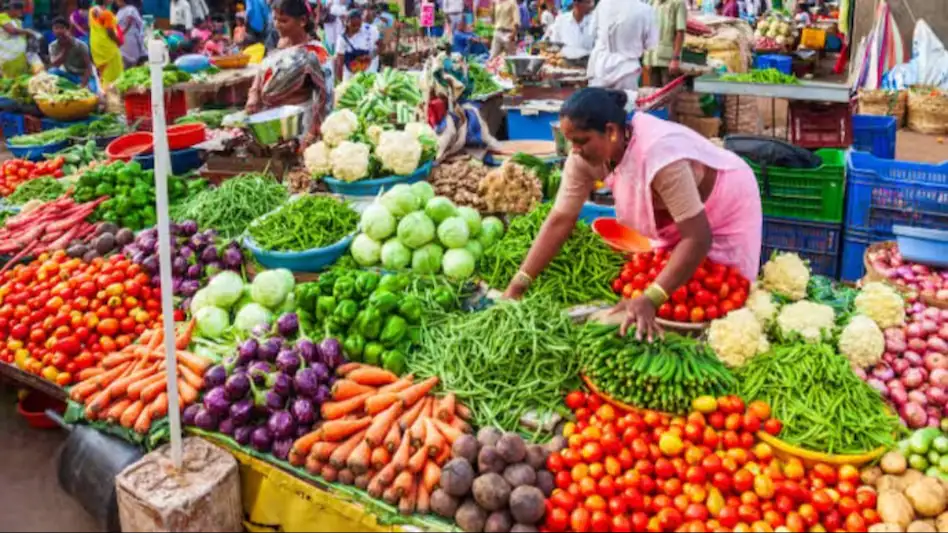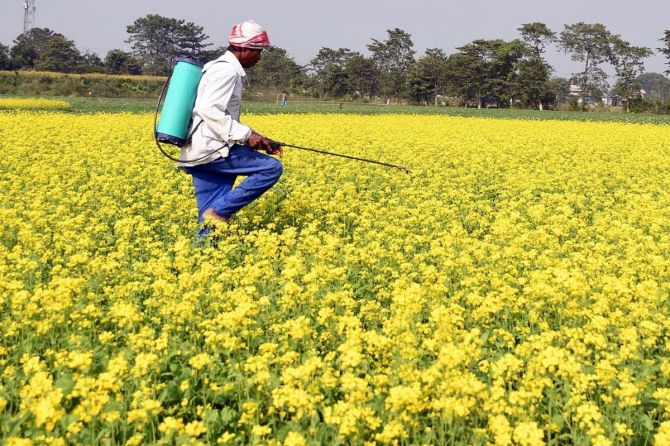Vegetable prices in India are expected to remain elevated in the coming months due to above-normal temperatures until June, according to a report by Crisil. The India Meteorological Department’s forecast of an above-normal southwest monsoon in 2024 offers hope for a potential easing of prices post-monsoon. However, the distribution of the monsoon will be critical in determining the extent of relief for consumers.
DELHI VEGGIES PRICES UP AND DOWN DESPITE HEATWAVE
NEW DELHI: The onset of a heatwave across India, particularly in the northern plains, has caused discomfort in various regions, with the India Meteorological Department (IMD) forecasting severe heatwave conditions in the east and south Peninsular India. While Northwest India may experience relief with expected rainfall and thunderstorms, the intense heat poses challenges for vegetable storage and warehousing. Prices of main vegetables in Delhi’s Azadpur mandi have shown a mixed trend, with the Reserve Bank of India (RBI) warning of inflation risks due to extreme weather events. Additionally, a study by PUSAN National University in Korea highlights the heightened vulnerability of people with disabilities to heatwaves, with increased hospitalizations and medical costs, particularly for mental and respiratory diseases. Individuals with brain lesion disorders, severe physical disabilities, females, and those over 65 are particularly susceptible to heat exposure effects.
India’s vulnerability to climate change poses significant risks to vegetable production and prices, with rising temperatures exacerbating pest problems. In FY24, vegetables accounted for about 30 percent of food inflation, despite comprising only 15.5 percent of the food index. Surging prices of tomatoes and onions grabbed headlines, but other vegetables like garlic and ginger also saw triple-digit inflation. Erratic weather patterns have disrupted vegetable supplies, leading to price spikes in recent years. Short-term solutions such as buffer stocks and imports have proven ineffective due to the perishable nature of vegetables.
The lack of infrastructure, including cold storage facilities, further complicates the situation. Weather-induced supply shocks, coupled with uneven monsoon distribution, have kept pressure on vegetable prices high. In FY24, El Niño conditions and below normal southwest monsoon exacerbated the situation, leading to several price shocks. As India grapples with the challenges posed by climate change, addressing the vulnerabilities in vegetable production and distribution will be crucial to ensuring food security and affordability for its citizens.
The volatility in vegetable prices, often driven by weather-related factors, underscores the challenges facing India’s agricultural sector. With climate change increasingly disrupting weather patterns, the frequency and intensity of extreme weather events such as heatwaves, floods, and storms are on the rise. These disruptions not only affect crop yields but also exacerbate pest infestations, further impacting production and prices. In recent years, India has witnessed erratic monsoon patterns, with below-normal rainfall in some regions and excessive precipitation in others.
Such uneven distribution of rainfall disrupts planting and harvesting schedules, leading to supply shortages and price spikes. Additionally, prolonged dry spells followed by sudden heavy rains can result in crop damage and post-harvest losses, further exacerbating price volatility. The reliance on traditional agricultural practices and inadequate infrastructure exacerbates the challenges posed by climate change. Limited access to modern farming techniques, such as greenhouse cultivation and drip irrigation, hampers the sector’s resilience to extreme weather events.
Furthermore, the lack of adequate storage and transportation facilities results in significant post-harvest losses, contributing to supply shortages and price fluctuations. Addressing these challenges requires a multifaceted approach that encompasses both short-term and long-term strategies. Immediate measures, such as the creation of buffer stocks and import regulations, can provide temporary relief during supply disruptions. However, long-term solutions, including investments in climate-resilient agriculture practices and infrastructure development, are essential to building the sector’s resilience to climate change.
Enhancing the availability of cold storage facilities and improving transportation networks can help minimize post-harvest losses and ensure a steady supply of vegetables to consumers. Additionally, promoting sustainable farming practices, such as crop diversification and water-efficient irrigation techniques, can mitigate the adverse effects of climate change on agricultural productivity.
Moreover, fostering research and innovation in agriculture, coupled with effective extension services, can empower farmers with the knowledge and tools needed to adapt to changing climatic conditions. Collaborative efforts between government agencies, research institutions, and the private sector are crucial to implementing holistic solutions that address the complex challenges facing India’s agricultural sector in the era of climate change.
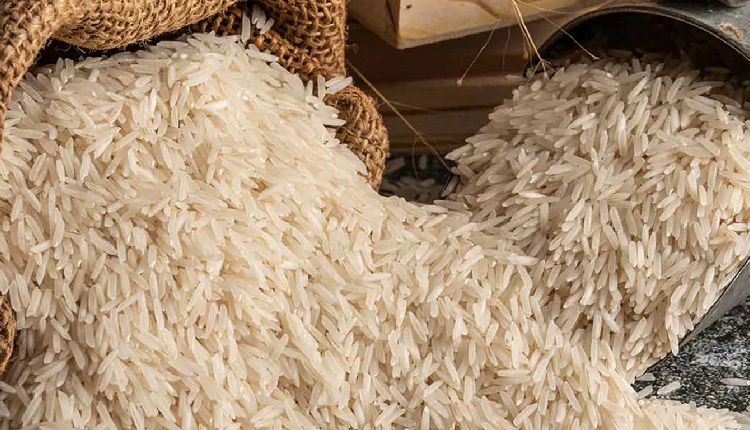

 Opinion3 years ago
Opinion3 years ago
 Entertainment8 years ago
Entertainment8 years ago
 Entertainment8 years ago
Entertainment8 years ago
 Fashion8 years ago
Fashion8 years ago
 Opinion3 years ago
Opinion3 years ago
 Politics8 years ago
Politics8 years ago
 Entertainment8 years ago
Entertainment8 years ago
 Entertainment8 years ago
Entertainment8 years ago
